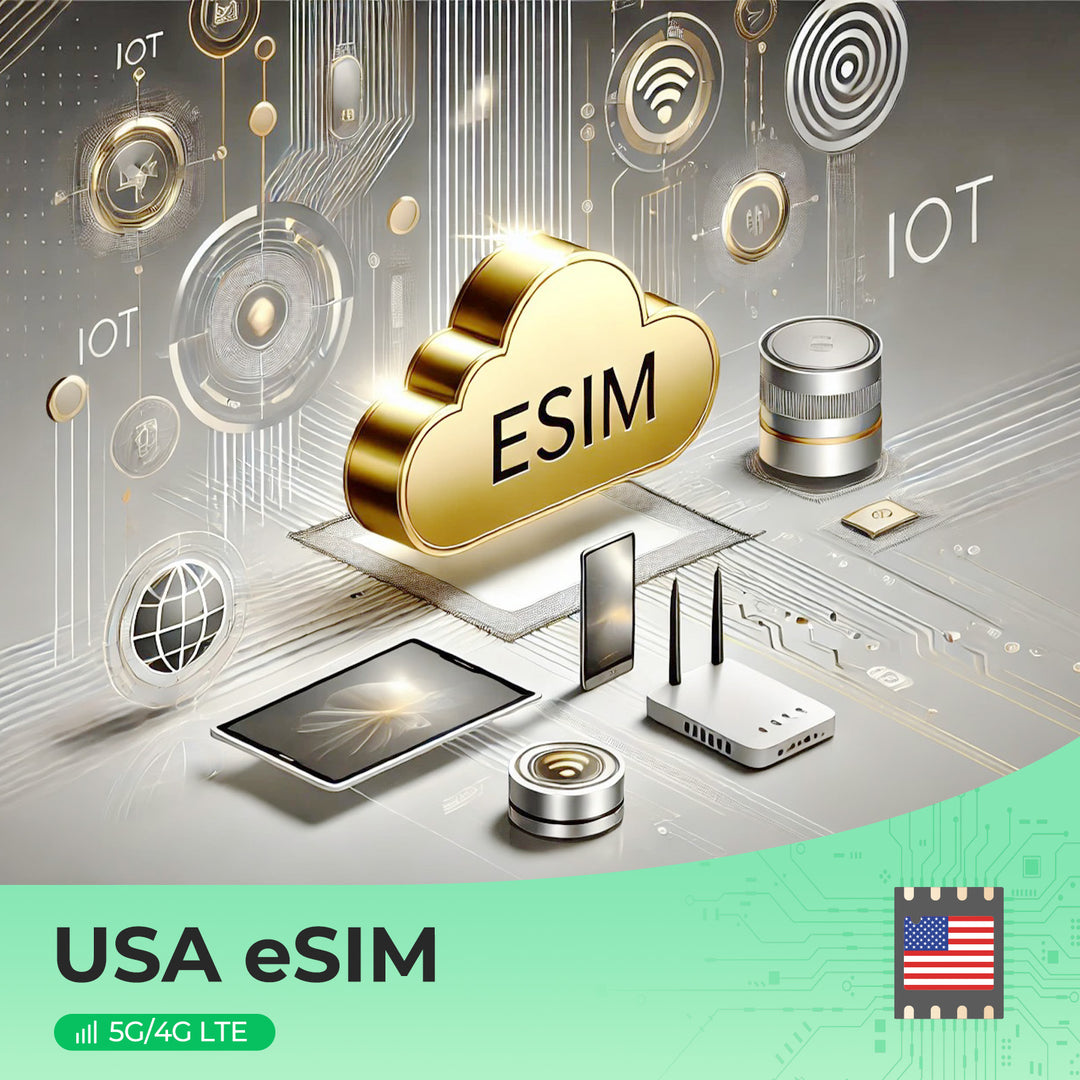Unlock the Future of Connectivity: Discover the Magic of eSIM Cards!
In an age where connectivity is paramount, the emergence of eSIM cards represents a significant leap forward in mobile technology. Unlike traditional SIM cards that require physical swapping, eSIMs—short for Embedded SIM—are embedded directly into devices, allowing users to switch carriers and plans seamlessly. With the world becoming increasingly interconnected, the need for reliable and flexible communication solutions has never been more critical. This article delves into the fascinating world of eSIM technology, exploring its workings, advantages, and what it means for the future of mobile connectivity.

What is an eSIM Card?
eSIM cards are a revolutionary advancement in mobile communication, setting themselves apart from traditional SIM cards in fundamental ways. Traditional SIM cards are removable chips that store your mobile network information, which you physically insert into your device. eSIMs, on the other hand, are soldered directly onto the device's motherboard, eliminating the need for a physical card. This technology is based on the GSMA (GSM Association) standard, allowing manufacturers to integrate eSIMs into smartphones, tablets, wearables, and even IoT devices. The eSIM is programmable, meaning it can hold multiple profiles from different carriers, enabling users to switch networks without changing any physical hardware. This flexibility is particularly appealing in our fast-paced, mobile-centric world.
How eSIM Cards Work
The functionality of eSIM cards is designed to simplify the user experience. To activate an eSIM, users typically scan a QR code provided by their carrier or download an activation file. Once activated, the eSIM can store multiple profiles, allowing users to switch between different carriers or plans without the hassle of having to replace a SIM card. This is especially beneficial for frequent travelers who may want to connect to local networks without incurring roaming charges. Additionally, the ability to manage profiles directly from a device's settings makes it easy to switch networks at any time, ensuring that users stay connected wherever they go. For instance, a friend of mine recently traveled abroad and was able to switch to a local carrier's eSIM plan in seconds, saving both time and money.
Advantages of eSIM Cards Over Traditional SIM Cards
The advantages of eSIM technology are compelling and numerous. First and foremost, eSIMs offer unparalleled convenience. Gone are the days of fumbling with tiny SIM cards, as eSIMs eliminate the physical handling of cards entirely. This is particularly advantageous for users with multiple devices, such as tablets and wearables, as they can all be managed under a single eSIM profile. Additionally, eSIMs often lead to cost savings by allowing users to easily switch to more affordable local plans while traveling. My cousin, who frequently travels for work, swears by eSIMs for this reason, as they have drastically reduced his international roaming fees. Moreover, the compact nature of eSIMs paves the way for sleeker device designs, allowing manufacturers to create thinner and more efficient gadgets.
Challenges and Considerations
While eSIM technology presents a wealth of advantages, there are also some challenges and considerations to keep in mind. Compatibility remains a significant issue; not all devices support eSIM technology, which may limit user options. Moreover, not all carriers have fully embraced eSIMs, meaning that some users may find themselves unable to activate their preferred service. Additionally, there is a learning curve associated with understanding how to manage eSIM profiles, which may deter less tech-savvy individuals from making the switch. As eSIM technology matures, user awareness and education will be crucial in fostering widespread adoption. Looking ahead, the future seems bright for eSIMs as more manufacturers and carriers come on board, paving the way for a more connected world.
Transformative Impact of eSIM Technology
In summary, eSIM technology represents a transformative shift in how we connect and communicate. By offering flexibility, convenience, and cost savings, eSIMs are poised to enhance the user experience in a way that traditional SIM cards simply cannot. As we navigate an increasingly digital landscape, the significance of eSIMs in shaping the future of telecommunications cannot be overstated. With continued advancements and growing acceptance among carriers and manufacturers, eSIMs are not just a passing trend but a vital component of modern connectivity.








